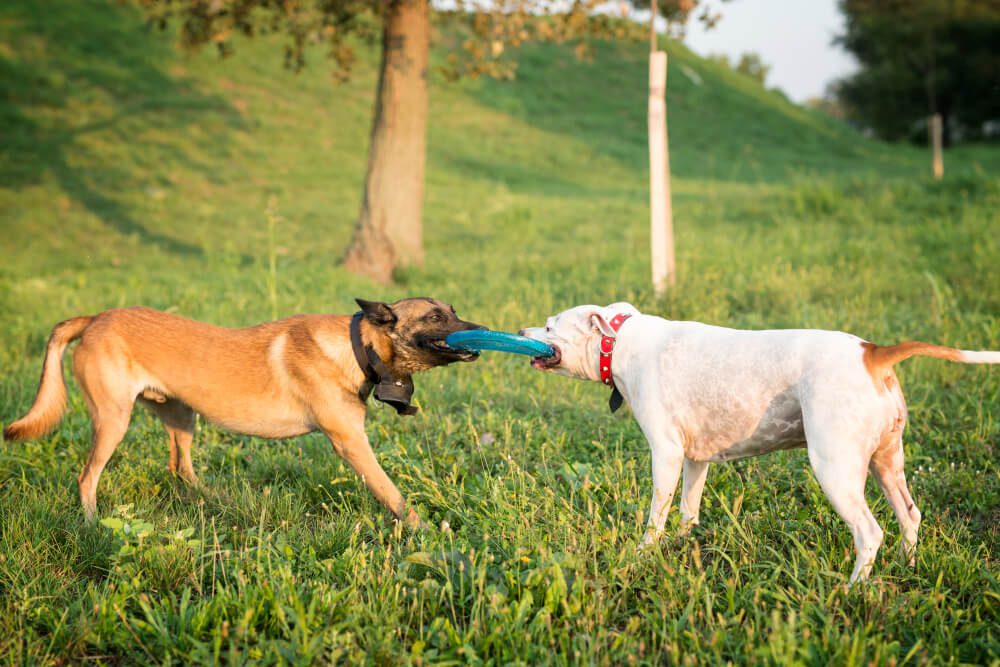Are you curious about fighting dog breeds and their true nature? Do you want to better understand their history and characteristics? This blog post is for dog trainers and enthusiasts who want to unravel the misconceptions surrounding these misunderstood breeds. Here, we’ll explore their origins, unique traits, and the importance of training and socialization. Get ready to be amazed by the true potential and charm of these strong, protective dogs!
Table of Contents
Understanding Fighting Dog Breeds
Definition and History
Fighting dog breeds have a long and storied history. Historically bred for their strength, agility, and tenacity, these dogs were often used in activities like bull-baiting and dog fighting. However, these practices are now illegal and condemned worldwide. Despite their past, these breeds possess unique characteristics that make them particular companions when properly trained and socialized.
Common Misconceptions
Many people assume that fighting dog breeds are naturally aggressive and dangerous. This misconception leads to unfair stereotypes and often results in breed-specific legislation (BSL) that restricts ownership of these dogs. In reality, aggression in dogs is a result of training and environment rather than inherent traits. It’s essential to differentiate between trained aggression and a dog’s natural behaviour.
Debunking Myths About Aggression and Temperament
It’s a common myth that fighting dog breeds are more aggressive than others. The reality is that with the proper training and socialization, they can make loyal, loving, and well-behaved pets. By knowing their temperaments better and taking care of them properly, it is possible to avoid or dispel such assumptions about these kinds of dogs.
Top Fighting Dog Breeds and Their Characteristics
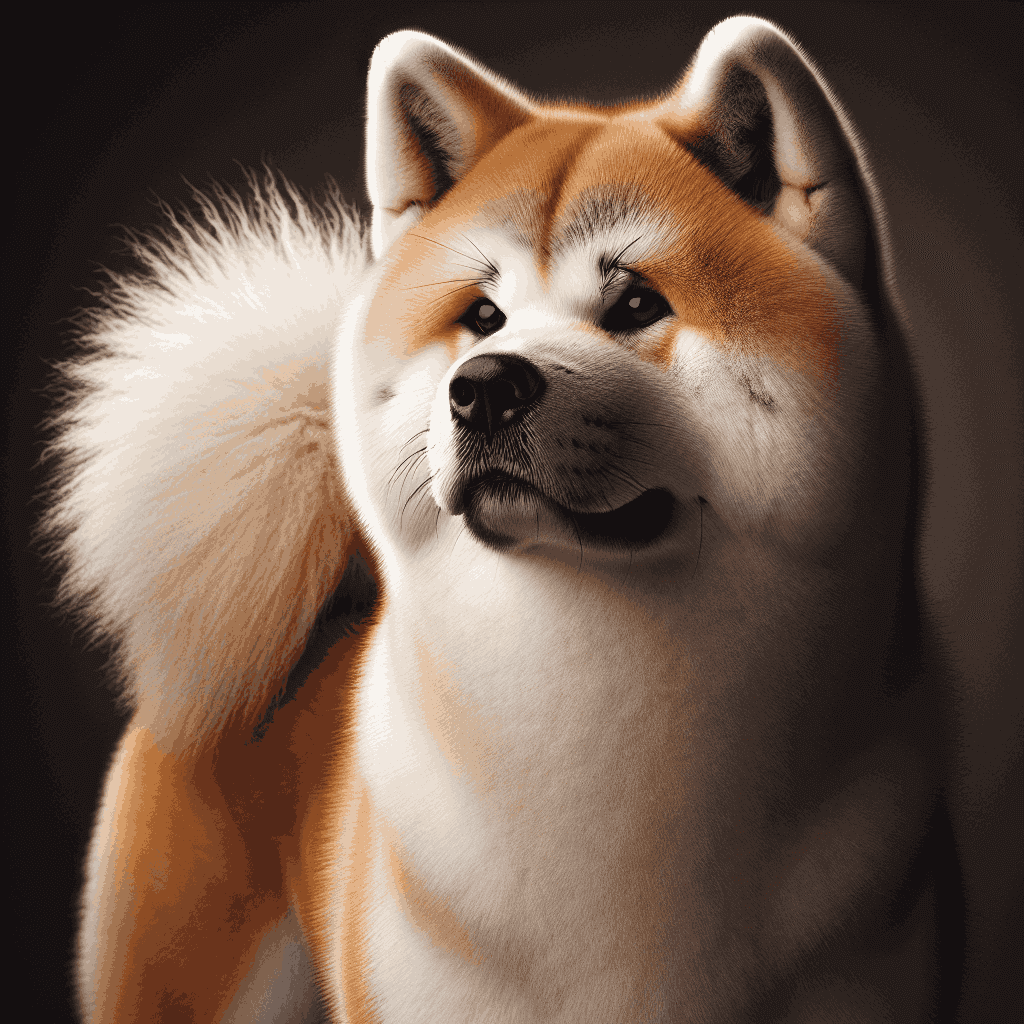
Akita Inu
Originating from Japan, the Akita Inu is known for its loyalty, courage, and dignity. These dogs have a robust build and a thick double coat. Training an Akita requires patience and consistency, as well as focusing on positive reinforcement and early socialization to prevent aggression.
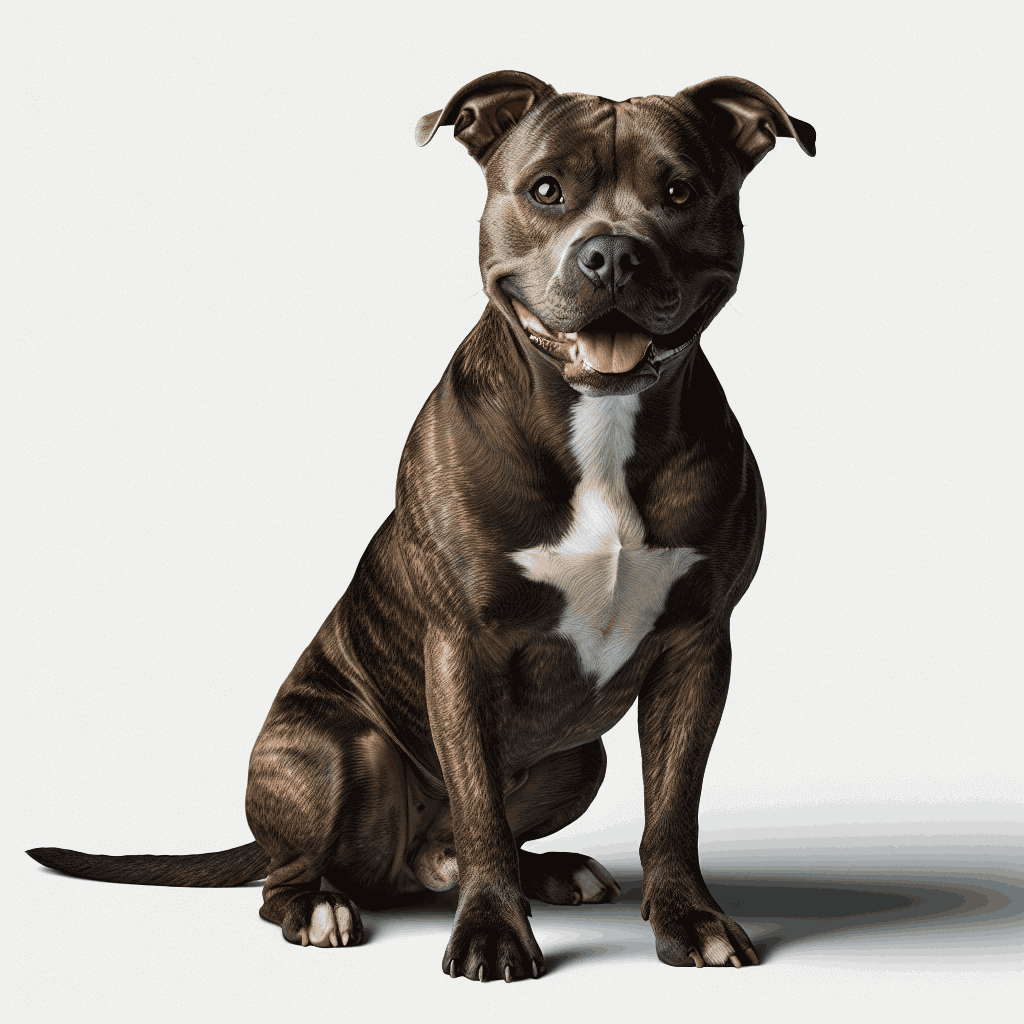
American Pitbull Terrier
The American Pitbull Terrier, often misunderstood, is a gentle and affectionate breed when adequately trained. They have a muscular build and a short coat. Training should include
- positive reinforcement,
- socialization with other dogs and people, and
- regular exercise to keep them happy and healthy.
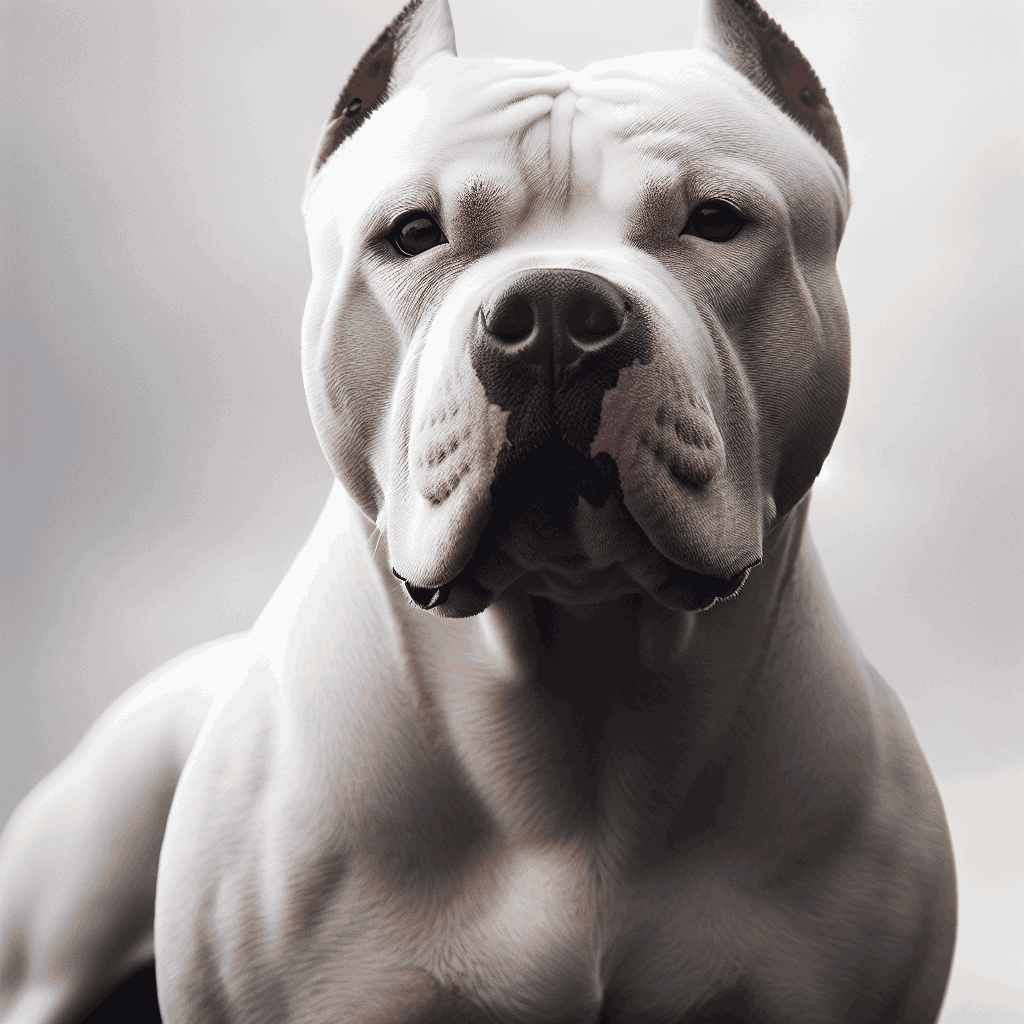
Bully Kutta (Indian/Pakistani Mastiff)
The Bull Kutta breed is massive and robust, and it is known for being protective in nature. This breed requires early socialization and continuous training, which will be very significant. It responds well during the training processes if asked to focus on positive reinforcement, and such dogs must be
kept both mentally and physically active.
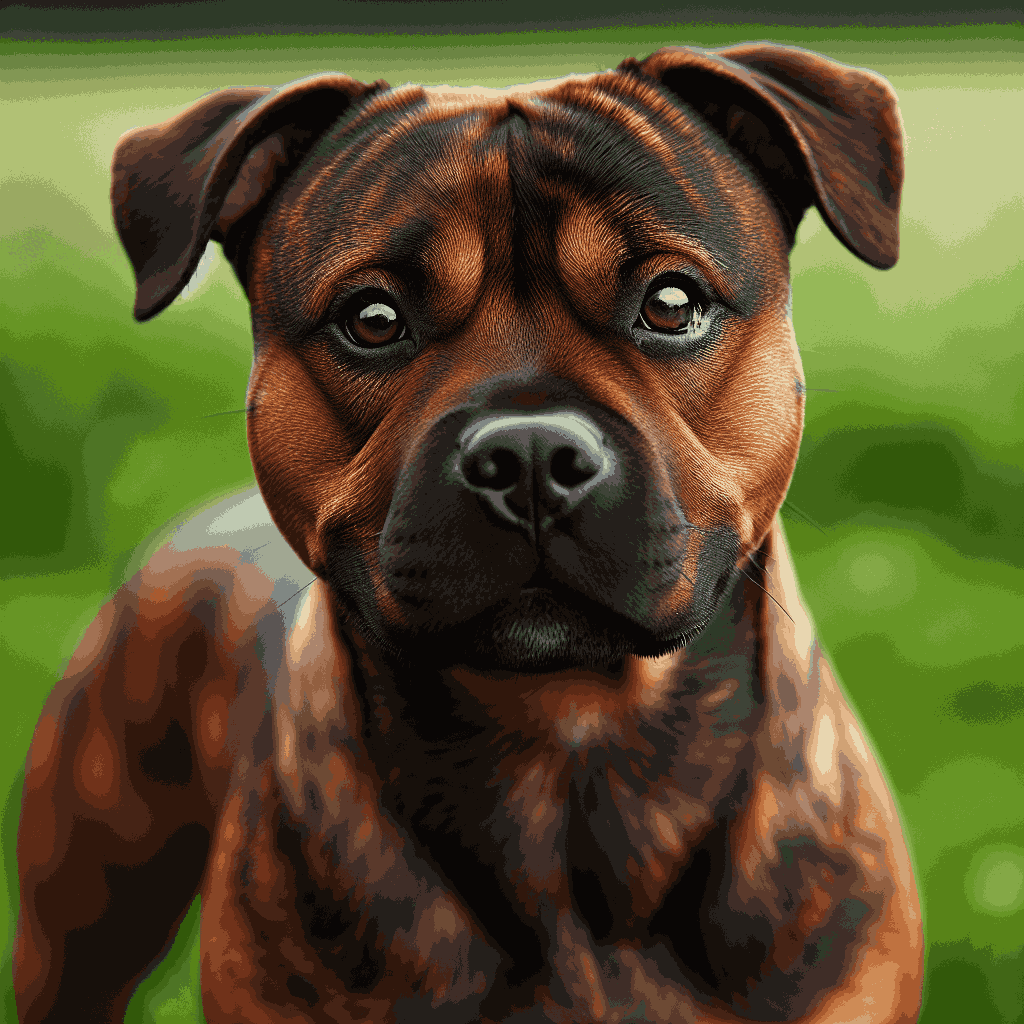
American Staffordshire Terrier
Training for this breed should focus on positive reinforcement, socialization, and exercise. The American Staffordshire Terrier is similar to the pitbull, but it’s a friendlier and more loyal dog. It is well muscled, with strong bodies and short coats.
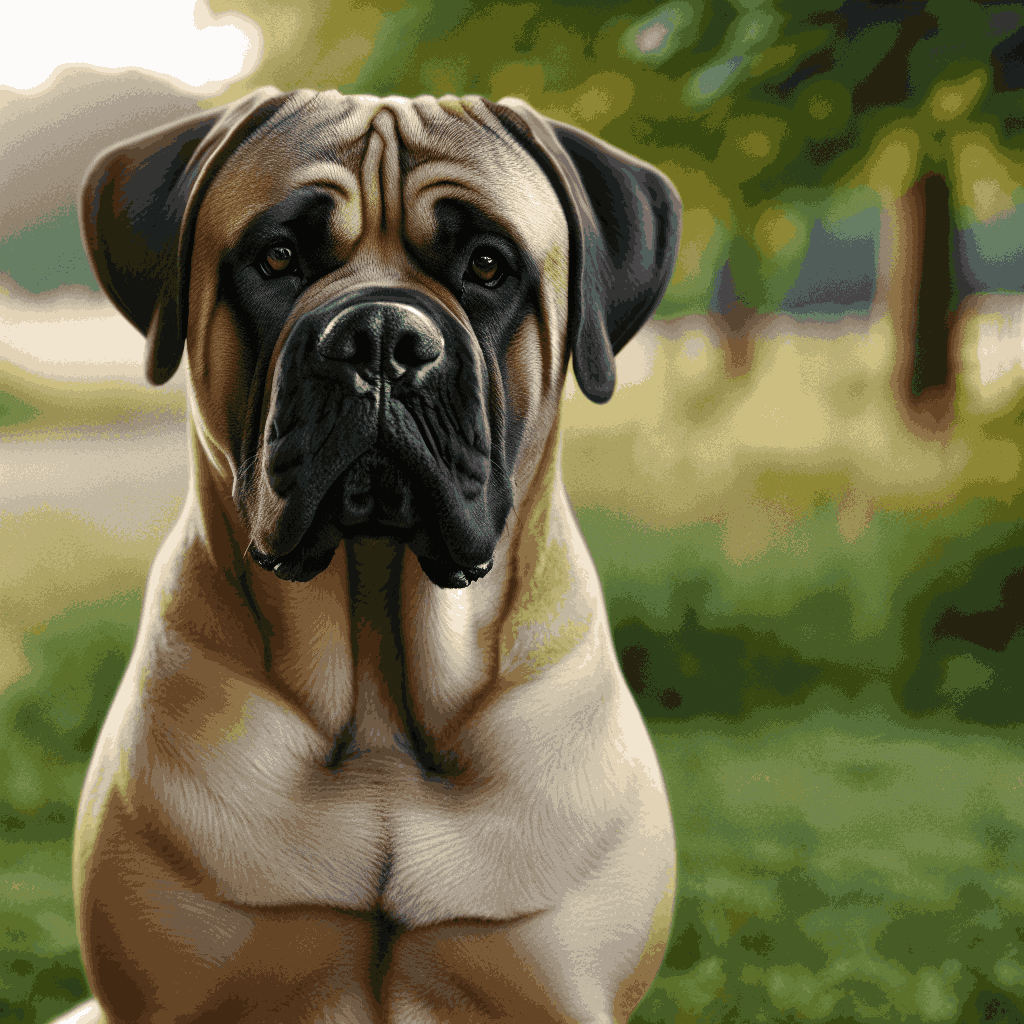
Bull Mastiff
The Bull Mastiff, known for its protective instincts, is a large and gentle breed with a short coat and a powerful build. Training should include socialization, positive reinforcement, and regular exercise to ensure the bull mastiff remains well-behaved and obedient.

Japanese Tosa
Originally bred in Japan for dog fighting, the Japanese Tosa is a calm and patient breed when properly trained. They have a large build and short fur. Training should focus on positive reinforcement, socialization, and providing enough mental and physical stimulation.
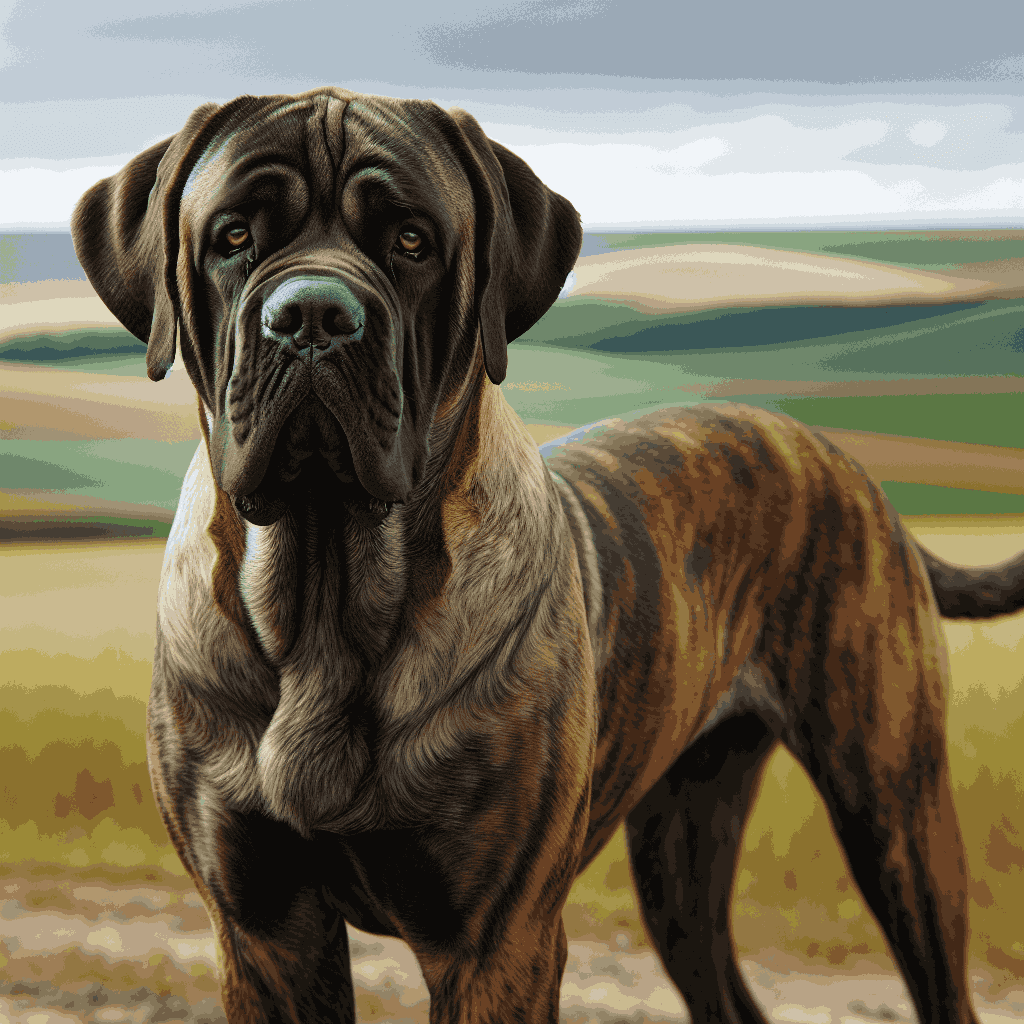
Fila Brasileiro (Brazilian Mastiff)
The Fila Brasileiro is a loyal and protective breed known for its strength and agility. They have a short coat and a large build. Training should include early socialization, positive reinforcement, and consistent exercise to keep them well-behaved and happy.
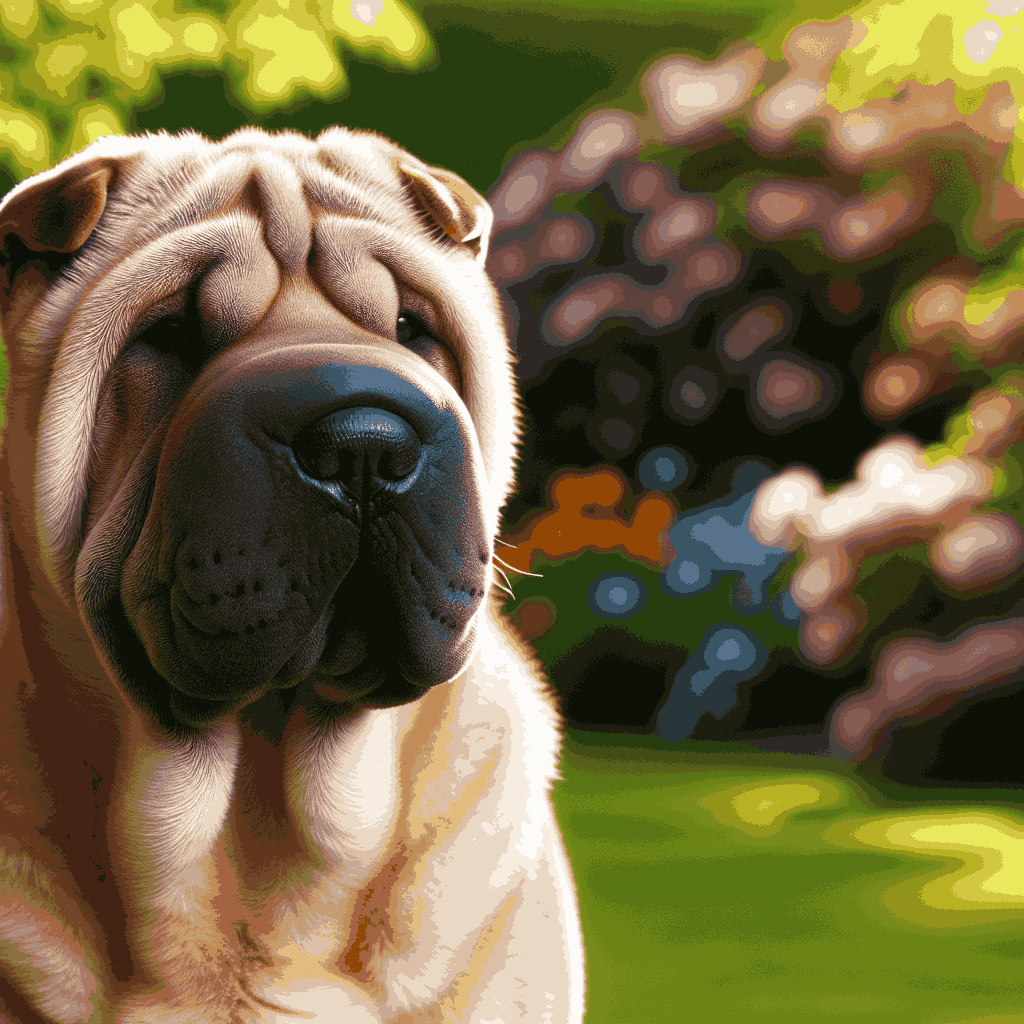
Shar-Pei
Among other dog breeds, the Shar-Pei is known for its distinct, wormlike appearance. It is an independent and devoted animal. Their build is of moderate size with a short hair coat. Positive reinforcement training tactics, socializing them with other dogs, and offering them sufficient mental and physical exercise should serve as priorities when teaching them anything at all.

Tibetan Mastiff
The Tibetan Mastiff breed is characterized by its size, strength, and protective nature. It is covered in double-layered thick fur, which adds to its impressive frame. To keep them under control and happy, the dog must be well socialized from an early age, learn through incentives, and get enough exercise.

Cane Corso
Cane Corsos are large, muscled dogs with an inherent protective streak. These dogs boast a short coat and robust bodies. Training should revolve around positive reinforcements, socializing with other dogs and people, and giving them regular mental as well as physical exercises.
The Importance of Training and Socialization
Early Socialization
Young socialization is critical in dog fighting breeds for their development into well-suited and sociable creatures. Puppies exposed to different surroundings, persons, and animals become more confident and adaptable. This also decreases instances of aggression stemming from fear.
Positive Reinforcement
The method of training that has proven most effective in training fighting breeds of dog is positive reinforcement. By treating and praising dogs when they behave well, you get them to repeat that acts. Do not use punishment since it may cause fear and aggressive feelings.
Consistency and Patience
For successful training, there are two vital factors: consistency and patience. One of the best ways to have dogs understand your expectations is by establishing a routine and using verbal reinforcement of commands frequently. This progress is often slow, but it’s essential to remain patient and allow them time to learn and adapt.
Health and Care Tips for Fighting Dog Breeds
Diet and Nutrition
A nutritionally sound food is crucial for the excellent health and welfare of aggressive dog breeds. Offer them top-notch canine feed that meets their nutrient requirements. Ask your veterinarian for specific dietary suggestions according to your dog’s age, mass, and movement intensity.
Exercise Requirements
Regular exercise is crucial for fighting dog breeds to maintain their physical and mental health. Engage them in activities like walking, running, and playing fetch to keep them active and prevent boredom. Exercise also helps manage their energy levels and reduce destructive behaviour.
Grooming and Hygiene
Grooming requirements vary depending on the breed. Regular brushing, bathing, and nail trimming are essential for maintaining their coat and overall hygiene. Pay attention to ear cleaning and dental care to prevent infections and other health issues.
Regular Veterinary Check-ups
Fighting dog breeds need regular check-ups by veterinary doctors to monitor their health. Vaccinations, parasite prevention, and routine health screenings are essential to detect and treat possible diseases at an early stage. Create a good relationship with your vet so that your dog gets good attention.
Legal and Ethical Considerations
Laws and Regulations
The laws and regulations regarding fighting dog breeds differ from one region to another. Some areas have breed-specific laws prohibiting possession of certain breeds, known as the BSL. As an owner, it is important to understand and obey the local laws to be a responsible owner.
Ethical Ownership
Ethical ownership involves being a responsible and informed pet owner. Provide proper training, socialization, and care to ensure your dog is well-behaved and healthy. Advocate against dog fighting and support organizations that promote animal welfare.
Promoting Responsible Pet Ownership and Advocacy Against Dog Fighting
Promote responsible pet ownership by educating others about the importance of training and socializing fighting dog breeds. Advocate against dog fighting and support legislation that protects animals from cruelty and exploitation. Together, we can create a better world for these incredible dogs.
Success Stories: Fighting Dog Breeds as Family Pets
Real-life Examples
Timely and critical data analysis is my niche. To love others like these dogs, we have been used to understanding them as fighters, but everyone should also love them. That makes sense in a family environment where proper training should be done to achieve such behaviour traits.
Interviews with Owners
Talking with owners of dog breeds used for fighting purposes can help one gain a great understanding of them. They discuss how their dogs were trained and brought up to become loving companions. These narratives are motivational and challenge others to take on these kinds of pets.
Conclusion
With the right training and socializing, the so-called fighting dog breeds can be very loving and faithful pets. This will help in erasing some myths associated with them and lobbying responsible ownership of such pets through understanding their background, characteristics, and the importance of training. If you want to know more about these amazing dogs, consider being a dog trainer or enthusiast who adopts and trains them. Please feel free to leave your comments or questions as we keep promoting responsible dog ownership for a better tomorrow for everybody.
If you adhere to these instructions on fighting dog breeds, you will know more about their features and their place in families who love them. Additionally, you should also know that dogs without sufficient training or socializing turn out to be invalids. However, we have our team of canine trainers always waiting if you need any clarification or showing what is the right way to train your pooch dog properly. Together, let us make a home where every dog gets unconditional love!
Frequently Asked Questions (FAQ)
What are fighting dog breeds?
Fighting dog breeds are dogs that were historically bred for dog fighting or protection. These breeds often include the Cane Corso, American Pit Bull Terrier, and Rottweiler. However, with the right training and care, these breeds can be loving and loyal family pets.
Are fighting dog breeds dangerous?
Just as all dogs fight, dog breeds can be dangerous if not raised correctly, properly trained or socialized. However, it is essential to give them early socialization, positive reinforcement training, and regular mental and physical exercise so that they grow into well-adjusted companions.
How do I socialize my fighting dog breed?
It is important for owners of fighting dogs to socialize them so that they are exposed to a variety of environments, people, and animals from an early age. This enables them to become confident and flexible, which in turn helps to reduce the chances of aggressive behavior based on fear.
What kind of training works best for fighting dog breeds?
Positive reinforcement is generally considered the ultimate training technique for fighting breeds. This approach encourages dogs to repeat behaviours by rewarding them for good behaviour with treats, compliments, and playtime. Consistency and patience are likewise significant for practical training.
How much exercise do fighting dog breeds need?
Every dog needs exercise, and specific fighting breeds do, too. Examples of that kind of exercise include walking, jogging, or even playing catch. If bored, these dogs may start chewing furniture around the house.
What should I feed my fighting dog breed?
Fighting dog breeds need a balanced diet consisting of high-quality dog food to stay healthy and happy. It is advisable to talk to your veterinarian about nutritional advice tailored to your pet’s age, weight, and activity levels.
Are there laws regarding fighting dog breeds?
Yes, laws and regulations regarding fighting dog breeds vary by region. Some areas have breed-specific legislation (BSL) that restricts ownership of certain breeds. It’s essential to be aware of and comply with local laws to ensure responsible ownership.
How can I support the fight against dog fighting?
You can support the fight against dog fighting by advocating for responsible pet ownership, educating others about the importance of training and socializing fighting dog breeds, and supporting legislation that protects animals from cruelty and exploitation.
Sarah Smith is a passionate dog and cat enthusiast, blogger, and pet care expert. With years of experience researching and writing about various dog breeds cat breeds, she brings a wealth of knowledge and insight to her blog, PetPession.com. Sarah loves exploring the unique traits, histories, and care needs of different breeds, helping pet owners make informed decisions. Her mission is to create helpful, friendly, and well-researched content that both educates and celebrates the joy of pet ownership. When she’s not writing, Sarah enjoys outdoor adventures with her own furry friends.

